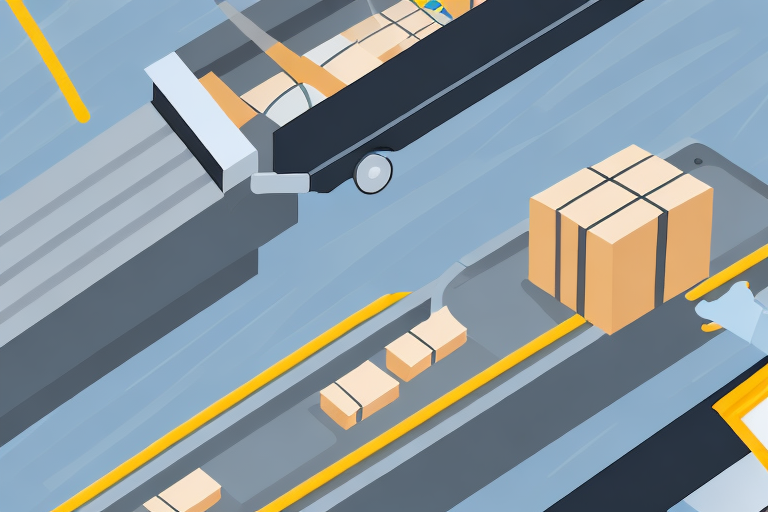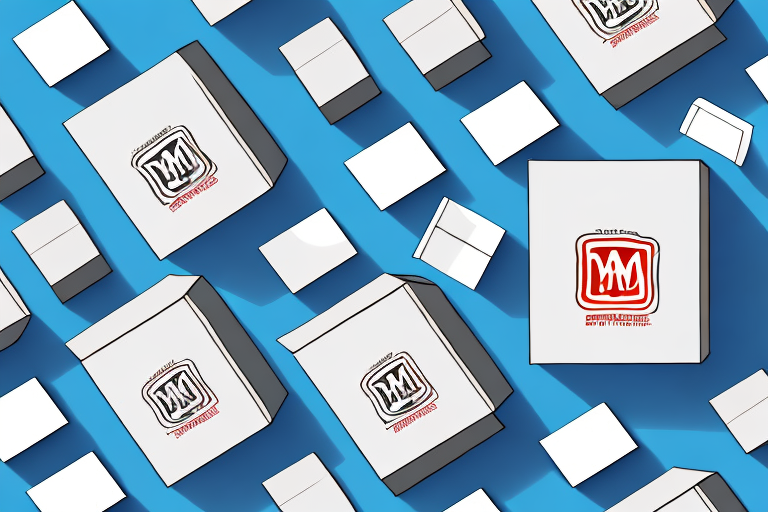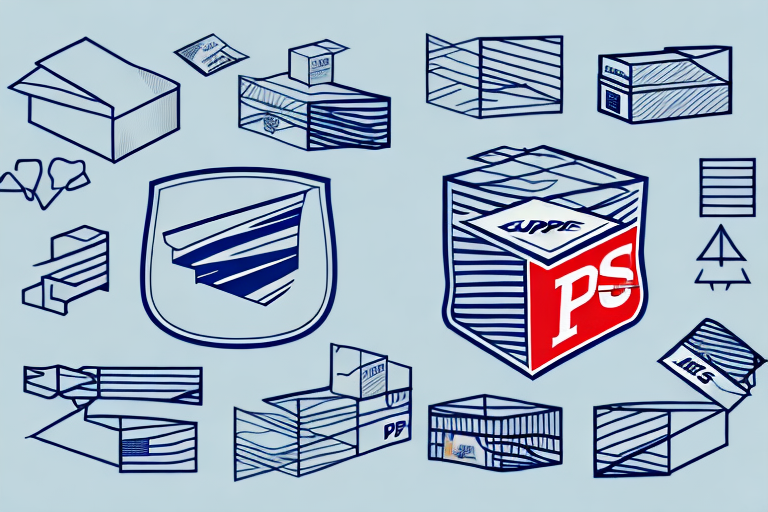Understanding Shipping Liability
Shipping items is a common practice in today’s global economy. Whether for personal needs or business operations, shipping provides a convenient way to transport goods from one location to another. However, with this convenience comes the inherent risk of damage to your items during transit. Understanding shipping liability is crucial to determine who is responsible if an item is damaged while being shipped.
What is Shipping Liability?
Shipping liability refers to the legal responsibility of the carrier, shipper, or both to compensate for any damage or loss that occurs during the transportation of goods. This liability ensures that either the sender or the receiver is financially protected if something goes wrong during the shipping process.
The extent of shipping liability can vary based on several factors, including the type of goods being shipped, the mode of transportation, and the specific terms agreed upon between the shipper and the carrier. It's essential to understand these factors to ensure adequate protection for your shipments.
Types of Shipping Liability Coverage
Full Value Protection
Full Value Protection offers the highest level of coverage, ensuring that you are reimbursed for the full value of your shipment if it is lost or damaged. According to the U.S. Department of Transportation, this coverage is particularly important for high-value items.
Released Value Protection
Released Value Protection provides limited coverage based on the weight of the shipment rather than its actual value. This option is more affordable but may not fully cover the cost of lost or damaged items.
Third-Party Insurance
Third-party insurance is an alternative to carrier-provided insurance. It allows shippers to purchase additional coverage from independent insurance providers, often offering more comprehensive protection.
Responsibilities of Carriers in Shipping
Ensuring Safe Transit
Carriers are responsible for transporting items safely and ensuring they arrive in good condition. They must adhere to industry standards and regulations to minimize the risk of damage during transit.
Handling Damages and Losses
In cases where damage or loss occurs, carriers are obligated to compensate the shipper or receiver based on the agreed-upon shipping liability coverage. This responsibility excludes situations involving acts of God or other uncontrollable events.
Responsibilities of Shippers in Shipping
Proper Packaging and Labeling
Shippers must ensure that items are adequately packaged and labeled to withstand the rigors of transportation. Poor packaging can lead to damage, for which the shipper may be held liable.
Compliance with Regulations
Shippers must comply with all relevant regulations, especially when dealing with hazardous materials. This includes proper documentation and adherence to safety standards as outlined by organizations like the Federal Highway Administration.
Filing a Claim for Shipping Damage
Steps to File a Claim
If your shipment is damaged during transit, it is essential to file a claim with the carrier promptly. The U.S. Postal Service recommends filing a claim within 30 days of receiving the damaged item. Ensure you have all necessary documentation, including photos of the damage, the shipping label, and the packing slip.
Documentation and Evidence
Providing comprehensive documentation strengthens your claim. This includes detailed photographs of the damage, a written description, and any correspondence with the carrier. According to the Federal Trade Commission, well-documented claims are more likely to be resolved in favor of the claimant.
Preventing Shipping Damage
Best Packaging Practices
- Use sturdy, high-quality packaging materials.
- Clearly label packages as fragile if necessary.
- Avoid overpacking to prevent items from shifting during transit.
Proper packaging is the first line of defense against shipping damage. Utilizing appropriate materials and techniques can significantly reduce the risk of damage.
Choosing the Right Carrier
Selecting a reputable carrier with a track record of handling shipments carefully can mitigate the risk of damage. Research customer reviews and industry ratings to choose a carrier that aligns with your shipping needs.
Legal Recourse and Consumer Rights
Understanding Your Rights
Consumers have the right to receive their shipments in good condition. If this is not the case, you are entitled to compensation for the damage or loss. Understanding these rights is crucial for taking appropriate action when necessary.
Seeking Legal Action
If a carrier or shipper fails to honor their liability, you may need to seek legal recourse. Consulting with a legal professional can help determine the best course of action to recover damages.
The Future of Shipping Liability and Insurance
Impact of Technology
Advancements in technology, such as real-time tracking and improved packaging materials, are transforming shipping liability and insurance. These technologies enable better monitoring of shipments, reducing the likelihood of damage and facilitating quicker resolution of claims.
E-Commerce Growth
The exponential growth of e-commerce has heightened the importance of effective shipping liability solutions. As online shopping continues to expand, so does the need for robust shipping insurance options to protect both consumers and businesses.
Conclusion
Understanding shipping liability is essential for anyone involved in the shipping process, whether personal or business-related. By comprehending the various types of liability coverage, the responsibilities of carriers and shippers, and the steps to take in case of damage, you can better protect your shipments and ensure a smoother shipping experience.
For more detailed information on shipping regulations and liability, refer to authoritative sources such as the United Parcel Service (UPS) Shipping Policies and the Federal Agricultural Shipping Guidelines.








